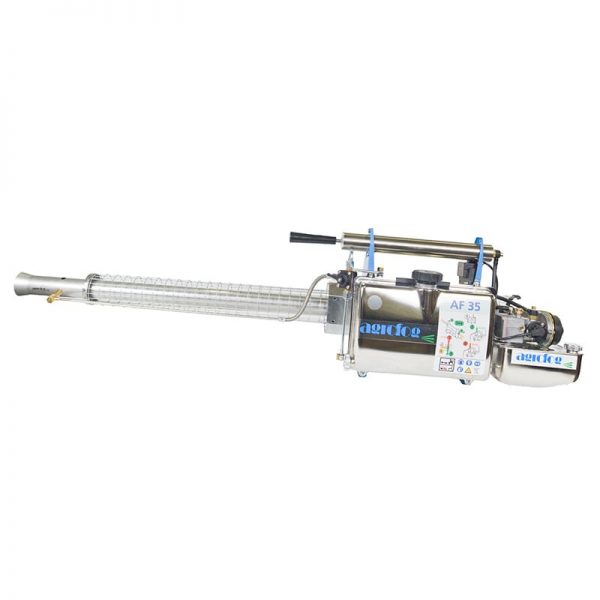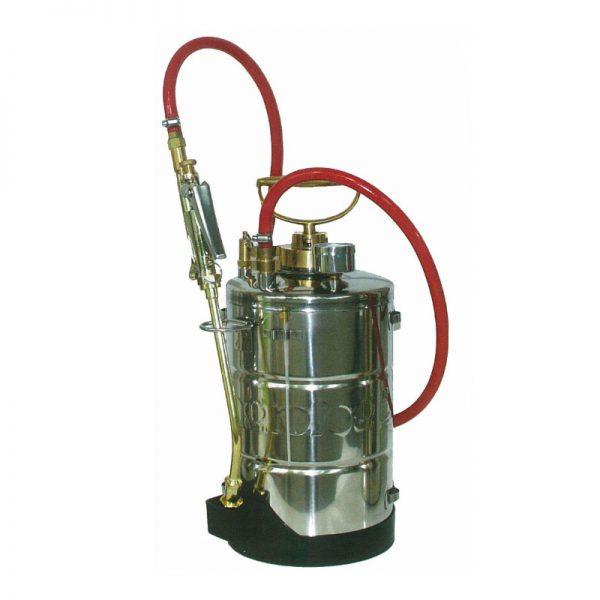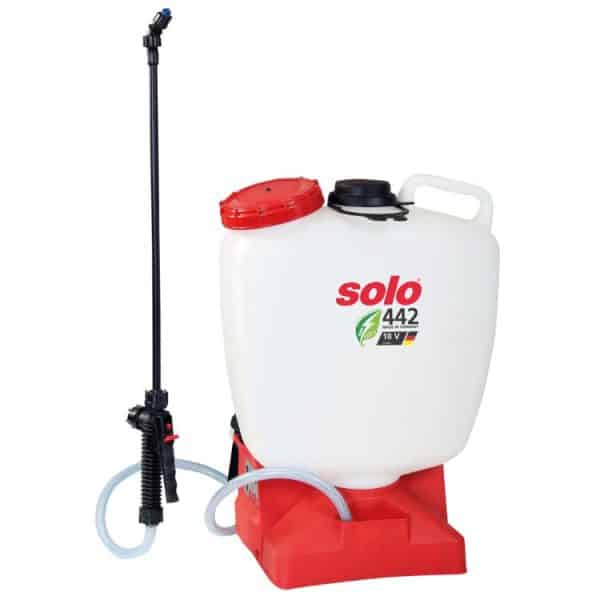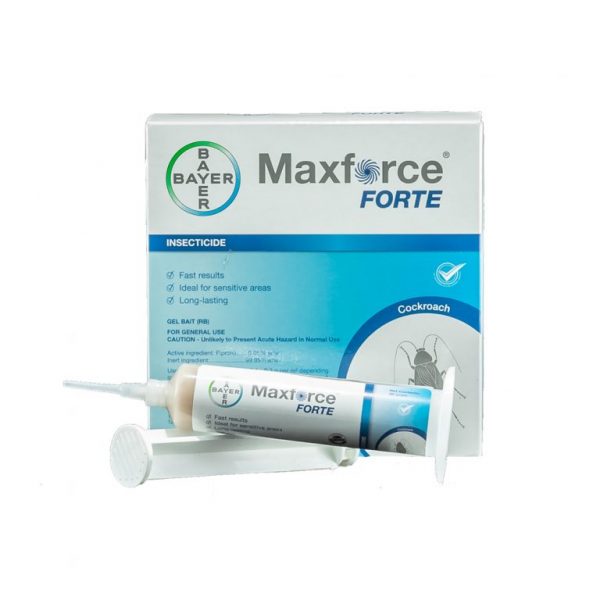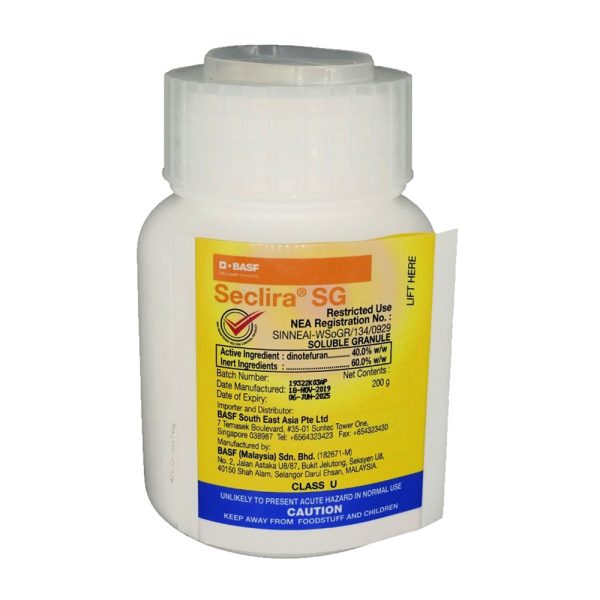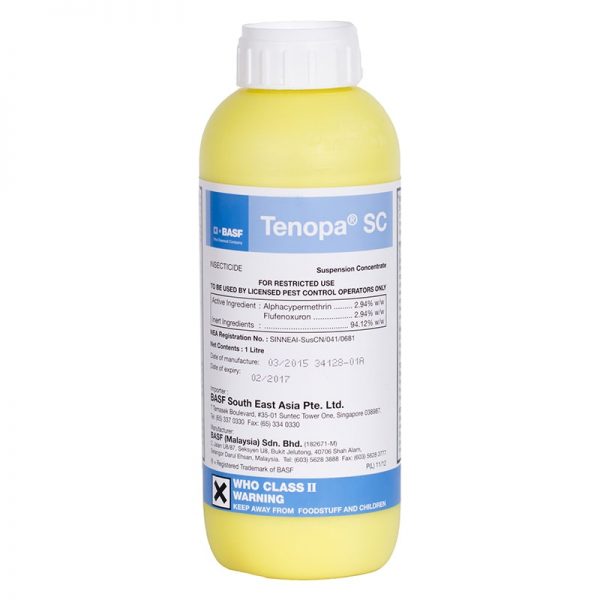COCKROACHES
COCKROACH FACTS
Cockroaches are an important pest in homes, restaurants kitchens, hotels and in other buildings. Their filthy habits and unpleasant smell have made them an obnoxious insect pest. Cockroaches are also reservoirs or mechanical vectors of the following diseases such as cholera, diarrhoea, dysentry and typhoid fever. In addition, they can bring about an allergic reaction in some people from frequent exposure. A cockroach infestation is also a precursor for psychological stress to some residents at households.
Pest cockroaches have adapted themselves to live in both domestic and peridomestic habitats. They are most active at night, where both adults and nymphs move out from their hiding places (harborage) to forage for food. In the day, they spend most of their time hiding in areas such as cracks and crevices of walls, doorframes, cupboards and furnitures and secure places in kitchens, bathrooms, animal houses, basements and electrical devices. They can move from one location to the other through drains and sewers of toilets or transported along together with boxes or foodstuffs (e.g. egg cases or raw materials). Pest cockroaches feed on a variety of food, but in general, they prefer starchy and sugary materials.
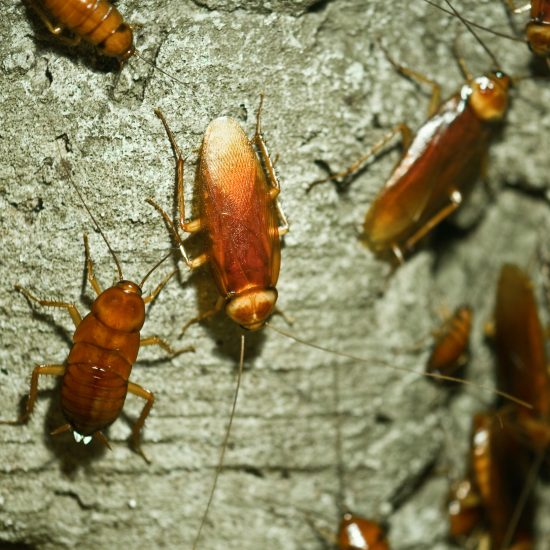
METHOD OF TREATMENT FOR COCKROACHES
Chemical treatment together with good sanitation practices are the most reliable and effective way to treat cockroach infestations. Ensure to conduct a thorough inspection before application, to determine the known and potential cockroach harbourages. The following are the different methods of chemical treatment:
Residual spray
The most popular treatment method where diluted insecticide being sprayed on the surface or at areas of potential cockroach harbourages. Be sure to spray at any aggregations or areas with fecal spotting. Cockroaches walking past the sprayed surface will receive a lethal concentration, which causes their knockdown, followed by death. Residual sprays tend to provide a residual on the surface which is able to give an extended protection over a period of time.
Some of the household aerosol offers kill on contact and residual effect up to several weeks, just be sure that you have selected a product designed as a crawling insect killer and read the label carefully to understand its intended use.
Baits
Cockroach baits are designed to kill more than one cockroach. The cockroaches are enticed to eat poisonous bait, which is then spread throughout the nest by the cockroaches by direct killing of cockroaches that feed on the bait, toxicants within the bait could also be transferred to other cockroaches that did not directly contact the bait (through necrophagy, coprophagy, or emetophagy). Baits are most effective when placed in areas of the home that cockroaches favour. Baits are a combination of food attractants, toxicant and other additives (e.g. sugar which acts as a phago-stimulant). This method is more precise, uses less toxicant, no solvents so there is very little odor and no irritancy resulting to a lower risk during-and-after application.
Most home owners will achieve better results against cockroaches with insecticides formulated as baits for example syringe type gel bait for easy application. Used correctly together with good sanitation practices, it is possible to achieve good control results.
Space Spraying
Thermal fogging , misting and ultra-low volume (ULV) are sometimes mistaken as fumigation are classified as space sprays and are one of the methods to manage cockroach populations. Thermal fogging is commonly used in bin-chute and sewer line treatments of cockroaches, whereas misting and ULV operation are frequently carried out in kitchens, restaurants, hotels and factories. Both ULV and thermal fogging produce droplets that are <50 microns which allows the droplets to remain in the air longer compared to residual sprays. Misting produces larger droplets between 50 – 100 microns. Choose a water-based formulation in case where you do not want to leave a thin oily film on objects within the areas to be sprayed especially for an indoor environment.
Space spray is only effective at killing cockroaches that are present. It is ineffective at penetrating cracks and crevices, and has a short residual compare to residual insecticides spray.
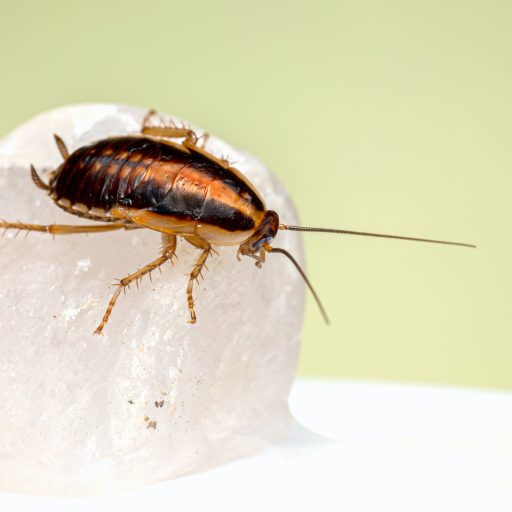
SIGNS OF COCKROACH INFESTATION
A cockroach infestation can be identified by:
1) Live Cockroaches – observation of live cockroaches moving or escaping when lights were switched on. Catch it. Dispose of it. Job done. But cockroaches are very good at hiding. If there’s one, there almost certainly will be more. Take action quickly to avoid future nasty surprises.
2) Cockroach Droppings – small black droppings that look like coffee or pepper grounds and can be of varying lengths.
3) Unpleasant Odour – Cockroaches stink. They use scents to communicate and aggregate. Discharge of secretions from their body and glands, regurgitations and droppings of cockroaches that give a long-lasting and unpleasant smell to areas.
4) Egg Cases (Ootheca) – Cockroach eggs are contained in a capsule called ootheca (bean-shaped case) and most of the time cockroaches drop the ootheca immediately at areas (except German cockroaches which carry the ootheca till before hatching).
5) Old Shed Skin – Cockroach nymphs will undergo a series of moults (range of 5 – 13 times, depending on the species) before becoming adults. Observation of this old shed skin could indicate presence of a cockroach infestation around their main area of shelter.

TYPES OF COCKROACHES
Undoubtedly, the cockroach is one of the most hated and feared insects. Cockroaches are among the most common pests infesting homes and apartments. They are especially troublesome where food is prepared and sanitation is lacking. Cockroaches are repulsive and embarrassing to most people simply by their presence. The most common pest cockroach species are:
- American Cockroach (Periplaneta americana),
- German Cockroach (Blatella germanica) and
- Brown-Banded Cockroach (Supella longipalpa)
Like human, cockroaches are merely looking for a good place to live, one that is warm, moist, and rife with food choices. Cockroaches are more active at night than during the daytime. During the day, they generally remain hidden in cracks and other dark, secluded areas. At night, they leave their hiding places and search for food. Cockroaches are scavengers and eat just about anything. But when given a choice, sweets, grease, starches, and meat are preferred. When food is scarce, however, they will eat anything from pet food to soap to hair to excrement to glue.
The American Cockroach, Periplaneta americana, is the largest of the common peridomestic cockroaches measuring on average 4 cm in length. The popular belief that all cockroaches can fly is not true. Although most cockroaches have wings, most of them cannot fly. The main reason behind this is that they are better at crawling than running. However, American cockroach can fly. Commonly found in restaurants, grocery stores, bakeries, breweries, pet shops and other establishments where food is prepared or stored. They are often found moving in plumbing sewers and damp basements, roof with water leakage, and invading house thru poorly maintained rubbish bin chutes. They can be transported into homes and apartments in boxes from infested establishments.
The German Cockroach (Blatella germanica) measuring on average 1.5 cm in length, flat and tan or brown, with two dark, side-by-side lines starting at the back of the head. Although they do not fly, they have fully developed wings. Their female reproduces rapidly, having up to 7 sets of offspring during her lifetime and producing as many as 40 eggs at a time. Their favorite hiding place is dark, quiet, and away from people. Because of its small, wide, flat shape, a German cockroach can easily move in and out of tiny places, including many of the cracks and crevices in your house. Other hiding spots include places such as around wiring and electronics (like telephone, coffee machine, televisions and computers), under sinks and appliances like stoves, dishwashers, and refrigerators, and in walls and ceiling pipes.
The Brown-banded Cockroach, Supella longipalpa is a small domestic cockroach species that live their entire life indoors. This species derives its name from two prominent bands present on nymphs and adults. The brown-banded cockroach resembles the German cockroach (Blattella germanica) with its small size and body shape, but it can be distinguished by the absence of two dark pronotal stripes. Brown-banded cockroaches can be found within furniture and other household items but show a preference for drier locations in warmer areas. They tend to be found in higher locations than most other cockroach species, taking shelter in upper cabinets in kitchens and bathrooms, as well as congregating near ceiling boards.
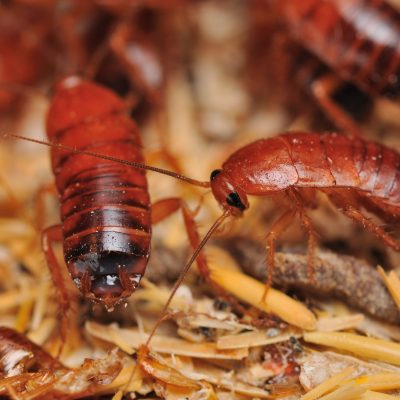

 CHEMICALS
CHEMICALS